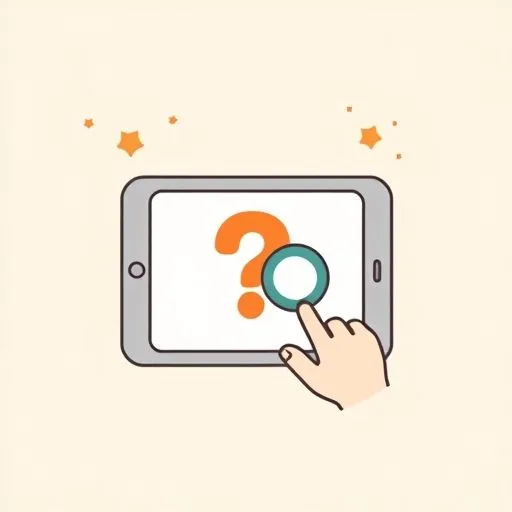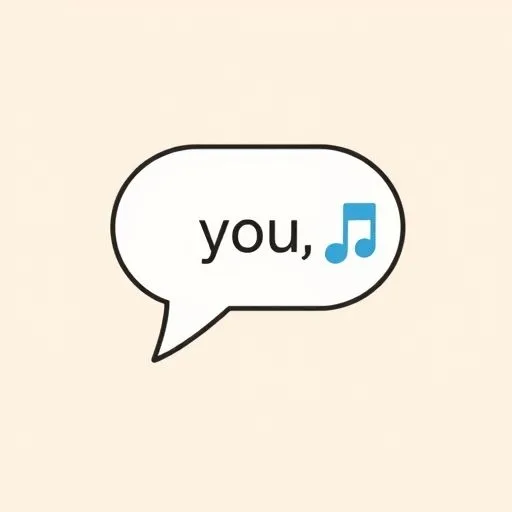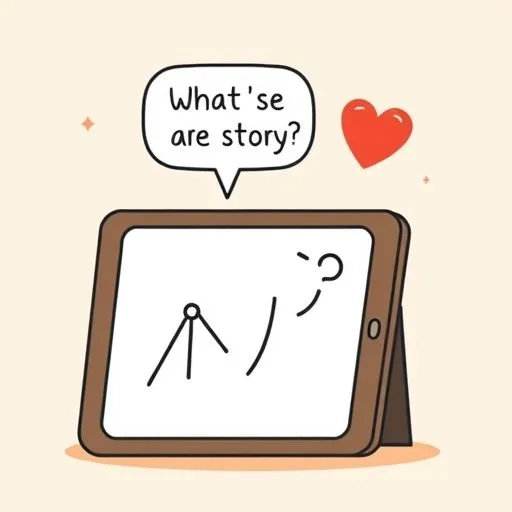
Remember that evening when you were balancing the grocery list with homework help, your phone screen glowing with the AI’s latest suggestion? I watched you quietly weigh the algorithm’s advice about the children’s bedtime routine, then pause—your hand hovering over the screen—before choosing the unexpected third option. ‘Let’s read the story first,’ you whispered, setting aside the device. You know that quiet moment when you pause, look at your child, and then put the phone down? That’s it—that gentle switch between tech and us. It’s real, and it’s beautiful. Turns out, that’s where the real magic happens.
When the Screen Is as Ambient as Air

We’ve all seen it—the way our children’s faces light up when they’re tinkering with an AI assistant. But limiting their screen time feels like trying to limit how much they breathe.
Let’s be honest, it’s everywhere, right? Not because we planned it that way, but it’s just… there. And the real magic is keeping their curiosity alive in the middle of it all.
That’s what struck me watching you last Tuesday. You didn’t scold the ten-year-old for asking about the AI chatbot. Instead, you sat down and said, ‘Let’s find out together why it’s answering that way.’ It’s the same calm, that same patient guidance you’ve always shown, like when you walk them to school, always just a step behind. It’s no different here.
The AI Tools That Just Want to Help

There’s this myth that using AI as a parenting partner means we’re replacing our own love. But your story? That afternoon when you used the AI-generated schedule planner—it’s simple.
You smiled, vetoed three of the suggested times, and wrote in ‘playtime after lunch. No exceptions.’ What’s your rule? We’ve all felt that tension between the algorithm’s efficiency and the mother’s intuition.
The way you adjusted the tech’s suggestions isn’t just clever—it’s teaching them that technology isn’t destiny. And that’s the real lesson we’re passing on to our children, isn’t it?
The Language of Machines and the Laughter of Homes

I’ve seen the way they talk to their devices. ‘Hey, why did you pick that song?’ they’ll challenge, and somewhere in the overlap of the AI’s response, I see your influence.
Your guidance is there—the gentle reminder to say ‘thank you’ to the assistant, the way they step back to verify facts. There’s a kind of friendly, curious back-and-forth. It’s like a cozy conversation, where they feel like equals, even though they’re just kids. That’s what you’ve taught them.
The truth is that our children are learning to navigate this new world because they’re already seeing you do it. Turns out, parental instincts are the best compass—even when technology feels like uncharted territory.
That Quiet Strength We All Recognize

There’s a moment when you look up from your phone—not just now, but that moment. The one where your child walks in the room, and you set the screen aside. That’s not small.
It’s the way you’re teaching balance without even saying it. And when the kids are learning about AI, it’s the same way you taught them to share toys. With patience and context.
‘How does this make you feel?’ you ask, and suddenly, they’re not just consuming information—they’re thinking critically. These moments are where the real parenting happens—even when we’re using the latest tools.
When the Future Feels a Little Too Fast

I’ve seen it, and you’ve seen it, too. The rush, the fear, the ‘what if we’re not doing enough’ feeling. But the one thing you always do, the one that truly makes the difference, is just showing up. That’s what it’s all about. It’s not the app, it’s the ‘are you okay?’ that really counts.
That’s why, when you saw the kids drawing on the tablet, you didn’t talk about the latest AI art app. You asked, ‘What’s the story behind this?’
You see, the challenge isn’t really about technology—it’s about helping them stay human. And that’s where we’ve always been the experts, haven’t we?
Source: Covert Promotes Dan Andrew, Adrian Monroy, and Morteza Parsadan to Creative Leadership Positions, Stashmedia Tv, 2025-09-29
